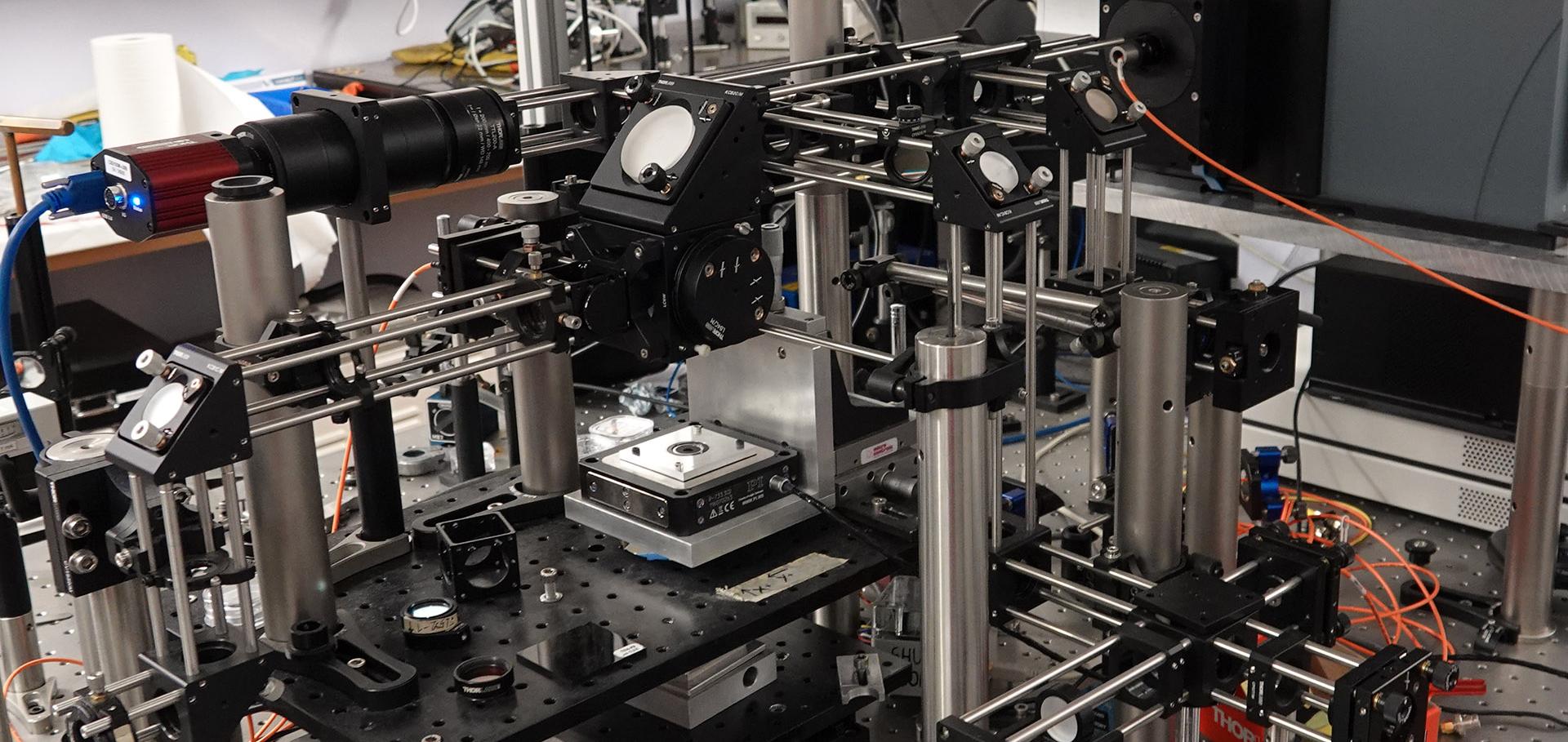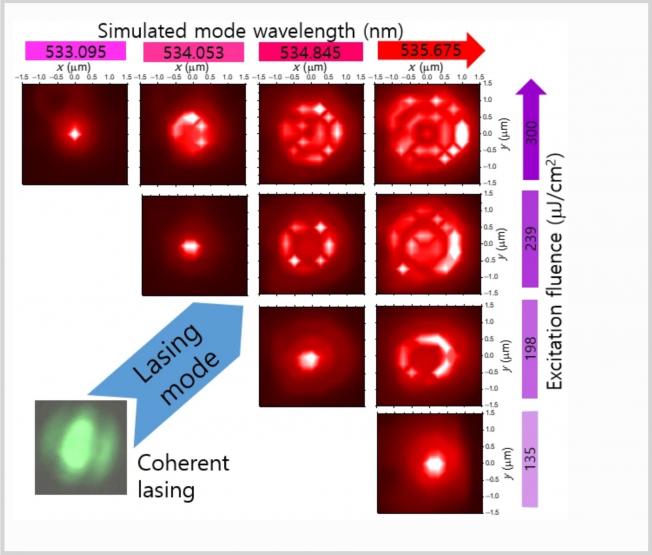Nitride-based quantum dots for single photon source applications
PHYSICA STATUS SOLIDI A-APPLICATIONS AND MATERIALS SCIENCE 206:11 (2009) 2510-2523
Non-linear excitation and correlation studies of single InGaN quantum dots
PHYSICA STATUS SOLIDI C - CURRENT TOPICS IN SOLID STATE PHYSICS, VOL 6, NO 4 6:4 (2009) 864-+
Optical properties of Er3+ in fullerenes and in β-PbF2 single-crystals
OPTICAL MATERIALS 32:1 (2009) 251-256
Quantum confined Stark effect and corresponding lifetime reduction in a single InxGa1-xN quantum disk
APPLIED PHYSICS LETTERS 95:18 (2009) ARTN 181910
Electrically driven single InGaN/GaN quantum dot emission
Applied Physics Letters 93:23 (2008)



